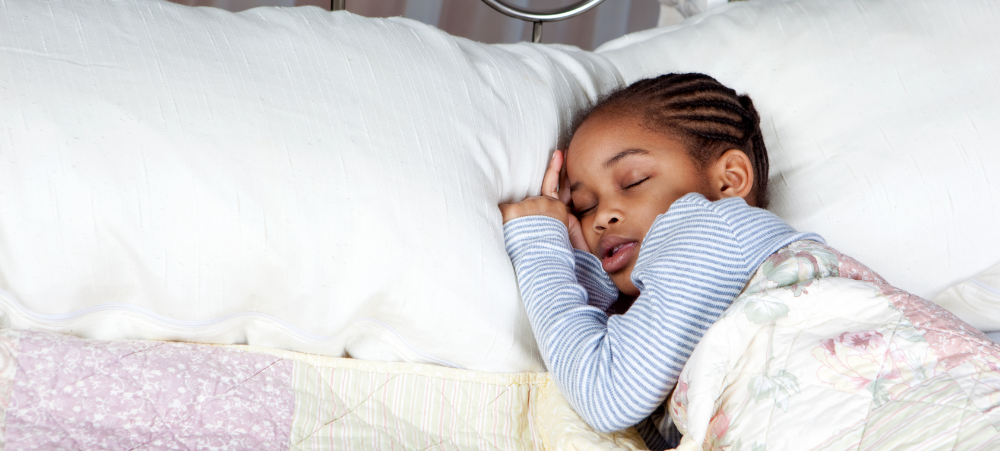
The Unintended Comparisons We Make As Mothers
We are always told not to compare kids to each other, but forget that the same applies to ourselves. We are told not to worry that while your friend’s child is composing sonnets, yours can barely string two words together. You shouldn’t be overly concerned that your little one is bum scooting behind his running peers or that your niece can use chopsticks while your child hasn’t quite mastered the spoon. We know making comparisons is wrong, but what happens if the person you are comparing to others is yourself. I had my son a few months after my best friend had her twins, she was breast feeding two, while looking amazing (I swear she was in better shape than before the babies) and just seemed to have her ducks in a row. In a “routine, sleep at a certain time, eat your food and play together nicely” row. As the eldest of 13 grand children I thought my hundreds of hours of baby sitting would stand me in good stead and imagined I would have a similar row of ducks with my baby. My son however kicked all my ducks out of their proverbial row at birth already. He was born with problems breathing and was only allowed to go home with us after a stint in NICU. This meant I was not responsible for having him fall asleep those first two weeks, I just had to feed him and go – which messed with our bonding and didn’t make for the best routine. At home he needed to sleep at an angle because of severe reflux and breathing problems and having lost his brother to neonatal death the year before, I was a wreck. I literally didn’t sleep, I just watched him like a hawk. I caught up on a lot of reality TV around that time as I carefully monitored his breathing while his beautiful Moses basket went virtually untouched. There was a lot of crying… “He is colicky”, the doctor told me “You are quite bad at this mothering thing”, my mind told me. It didn’t help that I overheard a nurse say to another that I was not very confident with him. Eventually we got into a routine me and my little boy, my supportive husband in tow, but those ducks just never fell into formation like I had hoped. I was super freaked out, my kid wasn’t walking, sleeping or eating on schedule and judging by the moms in the mommy group , who seemed to have everything firmly under control, I was to blame. They never said anything, in fact they were/are super supportive, but I started comparing myself to them and driving myself batty. Compared to their kids he didn’t eat balanced enough meals, I failed to get him to sleep at 7.30PM, he walked late which must be because I put him in a walker and his vocabulary was lacking because I clearly didn’t speak to him enough. “I’m failing my child!!!”, are the words that ran through my mind. Not sure when the breakthrough came but I managed to pull myself towards myself – think it’s after I got a bit of a talking to from my husband. He reminded me that our son was an original and that I needed to start thinking of him like that. I needed to ditch some of the “expert advice” and listen to my heart. That is what I have been trying; being my own kind of mom instead of “the right kind”. Our 19-month-old chatter box doesn’t go to bed early. I did however manage to reign him in from his 12pm+ bedtime and he is now asleep by 9pm. Yes that’s late, but he sleeps through the night, goes to bed without a bottle and gets to spend time with his parents who get home from work late every night. He sleeps in a “big boy bed” and although I’ve been told by top sleep experts that my decision to put him there since around six months was not a good one, he no longer screams himself to sleep like he did in the crib and doesn’t endanger himself by trying to climb out. He doesn’t put himself to sleep though (part of why a sleep expert told me to put him back in his crib) instead my husband and I take turns to snuggle with him in bed, we read to him and pray with him and sneak out as he gets drowsy. I’m told this isn’t ideal but it works for us. He doesn’t eat proper “grown-up” food yet, the reflux has turned him into the pickiest eater ever, even though he doesn’t suffer anymore. He only eats a limited amount of things, this used to freak me out (okay it still does now and again – the kid has never ever had meat). But now I give him what he does eat, lots of fruit and crackers and veggie food pouches, while trying to introduce new things to him everyday, I even have a drawer of healthy snacks for home and school that I let him pick out of. Forcing him to eat what I want him to eat was making for a very bad situation, tears, screaming, food being thrown, and don’t even get me started on what he did. Now he gets to try our food every night, with a backup so I’m sure he doesn’t go to bed hungry. He even helps me prepare food for the family like salads which he merrily chomps on as we work. My son plays in the dirt (all the time), eats chocolate(despite my previous, no sweets rule), walks around barefoot, eats things from the floor and insists on fist bumping random people all the time. Oh, and did I mention he has a tendency to lay down wherever he is and make himself comfortable? He is not the neat, never naughty, sit in the corner and draw
































